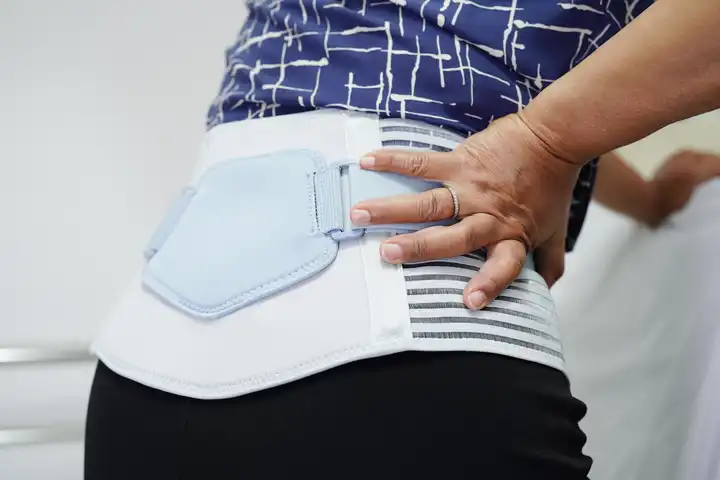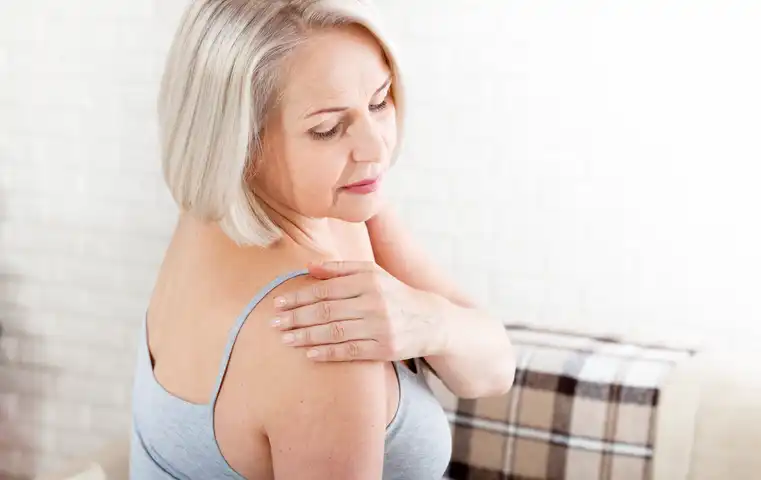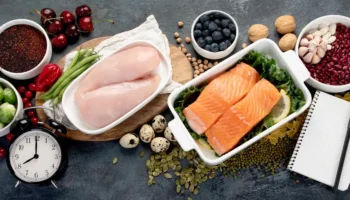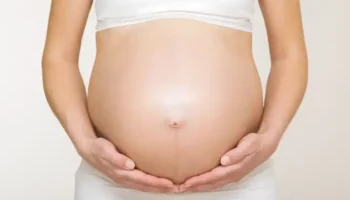Joint pain is a common and often uncomfortable symptom many women experience during perimenopause. I have to admit, since entering this phase myself, the pain in my body has sometimes been quite intense, and it does worry me. I even discussed it with my doctor recently, and she confirmed that this is a common symptom—along with other unwanted changes—that many women face during perimenopause. But what can we do about it?
Joint pain can manifest in different parts of the body, including the wrist joint pain, knees, and shoulders. The hormonal fluctuations, especially the decline in estrogen levels, contribute significantly to increased inflammation, stiffness, and discomfort. This can make everyday tasks like climbing stairs or opening jars feel more difficult. Understanding the causes, symptoms, and treatments for joint pain during perimenopause can help manage these frustrating and often debilitating experiences.
According to a study published in the Journal of Mid-Life Health, nearly 50% of perimenopausal women report some form of joint pain due to hormonal changes (source).
This article explores the causes, symptoms, and effective treatments for joint pain during perimenopause, including supplements for joint pain, lifestyle changes, and medical options.

Causes of Joint Pain in Perimenopause
Joint pain during perimenopause can be attributed to several factors that arise due to hormonal changes in the body:
- Estrogen Decline: Estrogen plays an important role in maintaining joint health by protecting cartilage and reducing inflammation. As estrogen levels decrease during perimenopause, women may experience more inflammation in the joints, leading to stiffness, discomfort, and joint pain. Research in Menopause Review confirms that estrogen plays a crucial role in cartilage protection (source).
- Loss of Collagen: Collagen is a protein that supports joint elasticity and flexibility. As estrogen declines, the production of collagen also decreases, making joints more vulnerable to pain. This collagen reduction contributes to joint pain, especially in areas like the knees and wrists.
- Water Retention and Circulation Changes: Hormonal shifts during perimenopause can impact circulation and fluid balance, contributing to swelling in the joints and, consequently, joint pain.
- Weight Gain: Many women experience weight gain during perimenopause, which can put additional strain on the joints, particularly those that bear weight, such as the knees, hips, and lower back. This extra pressure can aggravate joint pain and make mobility more difficult.
- Increased Inflammation: Fluctuating hormone levels can increase the body’s inflammatory response. This inflammation often targets the joints, worsening the pain and discomfort felt during perimenopause. Women with pre-existing conditions like osteoarthritis may experience a flare-up of their joint pain.
Common Symptoms of Joint Pain in Perimenopause
- Morning Stiffness: One of the most common symptoms of joint pain during perimenopause is stiffness in the joints upon waking. Many women find it difficult to move freely after a night’s rest due to joint swelling and inflammation.
- Swelling and Tenderness: Joint pain can often be accompanied by swelling and tenderness. The affected joint may feel warm or appear swollen, which can increase discomfort.
- Wrist Joint Pain: Many women experience wrist joint pain due to hormonal changes or repetitive movements that exacerbate the discomfort. This pain can often feel sharp or achy, making tasks like typing or lifting difficult.
- Pain in Multiple Joints: Joint pain can affect multiple areas of the body, including the knees, hips, shoulders, and fingers. This widespread pain can make it challenging to maintain an active lifestyle.
- Reduced Flexibility: As the joints become more inflamed and less flexible, women may notice a decrease in their range of motion, which can affect daily activities like bending or reaching.
- Muscle Pain and Soreness: Along with joint pain, many women also experience muscle pain, tightness, and soreness. This is often linked to the body’s hormonal fluctuations during perimenopause.
- Burning Sensation in Joints: Some women report a burning or tingling feeling in their joints, which may be related to nerve sensitivity or increased inflammation.
- Fatigue-Related Pain: Low energy levels associated with perimenopause can exacerbate the perception of joint pain, making physical activity feel more difficult and painful.
- Increased Sensitivity to Weather Changes: Many women find that their joint pain worsens in cold or humid weather. Changes in barometric pressure can affect joint fluid, leading to more inflammation and discomfort.
For more information on muscle aches and pain, read this article

Effective Remedies for Joint Pain During Perimenopause
1. Supplements for Joint Pain
Taking supplements for joint pain can help reduce inflammation and improve joint function. Some of the best options include:
- Glucosamine and Chondroitin: These supplements are widely used to support cartilage health and reduce joint pain. Research published in Osteoarthritis and Cartilage has shown that glucosamine can reduce pain and improve mobility (source).
- Omega-3 Fatty Acids: Found in fish oil, omega-3s help decrease inflammation and alleviate joint pain. Studies show that omega-3s can significantly reduce arthritis-related pain and inflammation (source).
- Collagen Supplements: Collagen supports joint elasticity and may help alleviate joint pain and improve overall joint health. Some studies have found that collagen peptides can reduce pain and enhance joint function (source).
- Magnesium and Vitamin D: Magnesium helps with muscle relaxation, while vitamin D is essential for bone health. Both are important for managing joint pain and improving mobility.
- Turmeric (Curcumin): Curcumin is a powerful anti-inflammatory compound found in turmeric. Research confirms that turmeric can significantly reduce joint pain and improve joint function in individuals suffering from arthritis (source).
- MSM (Methylsulfonylmethane): Known for its anti-inflammatory properties, MSM has been shown to improve joint flexibility and reduce joint pain.
- Boswellia Serrata (Indian Frankincense): Research suggests that boswellia can reduce inflammation and joint pain, making it a great addition to a supplement routine for those with chronic pain (source).
For more information on the vitamins you need as you age, check out this guide.

2. Dietary Adjustments
Eating an anti-inflammatory diet can significantly reduce joint pain during perimenopause. Focus on consuming:
- Leafy Greens and Berries: These foods are rich in antioxidants that fight inflammation.
- Fatty Fish (Salmon, Tuna, Mackerel): These fish are high in omega-3 fatty acids, which help combat inflammation.
- Nuts and Seeds (Almonds, Walnuts, Chia Seeds, Flaxseeds): Provide essential nutrients that support joint health.
- Bone Broth: Rich in collagen, bone broth can help improve joint elasticity and reduce pain.
- Olive Oil: Contains polyphenols that reduce inflammation and improve joint function.
3. Exercise and Movement
Staying active helps keep joints flexible and reduces stiffness. Recommended activities include:
- Yoga and Stretching: These exercises improve flexibility and reduce joint pain.
- Low-Impact Exercises: Activities like swimming, cycling, and walking are easy on the joints while promoting circulation and joint health.
- Strength Training: Helps support joint function and prevent muscle loss, which can contribute to joint pain.
4. Hydration and Lifestyle Changes
Maintaining adequate hydration, managing weight, and managing stress can all help reduce joint pain.
- Drink plenty of water to keep joints lubricated.
- Maintain a healthy weight to reduce stress on joints.
- Get enough sleep to allow the body to repair and heal.
- Reduce stress levels, as chronic stress can lead to increased inflammation and exacerbate joint pain
5. Medical Treatments
In cases of severe joint pain, consider consulting a healthcare provider for additional treatments, such as hormone replacement therapy (HRT) or physical therapy.
By incorporating these treatments and lifestyle changes, women can manage joint pain during perimenopause and enjoy improved mobility and quality of life.







